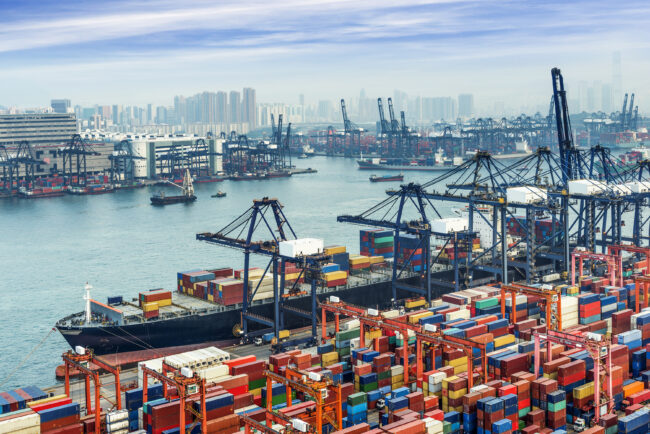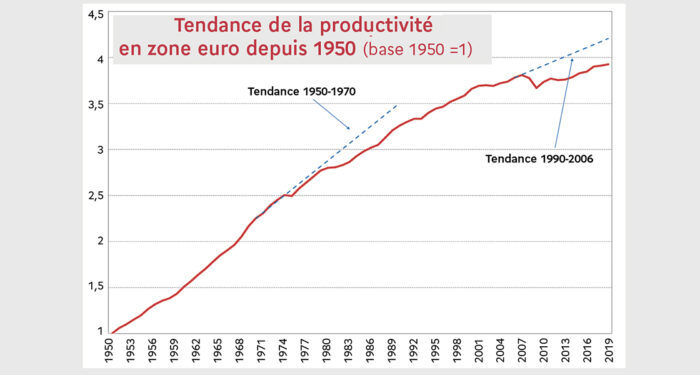With the global economy almost grinding to a halt during the first wave of Covid-19, then making a laboured recovery in 2020, the transport sector was impacted substantially. Much has been said about air transport, which suffered from reduced tourist flows, but the decline in manufacturing production and international trade also greatly affected freight transport, the greater part of which is seaborne. Maritime transport had already borne the brunt of the 2008 economic crisis. Did this second major hit mark the end of a golden age for the sector?
Continuing our series on the seas and oceans, Antoine Frémont reviews the state of maritime transport which, having seen a continual, unprecedented rise in traffic, is now falling victim to the vagaries of (de)-globalization. He shows how the sector has developed over the long term and describes the gigantic scale of current vessels, the geographic shift in production zones, the ensuing increase in trade with Asia etc. He also highlights the uncertainties arising from the aftermath of the 2008 and 2020 crises, the ongoing reconfigurations and the risks associated with “containerized shipping’s oligopoly”. However, he also emphasizes the impact of ecological transition (now getting underway, particularly, in Europe), especially on the transport of hydrocarbons and demands for reduced pollution from ships. Lastly, in this new and as yet unsettled context, he proposes three possible development scenarios for maritime transport up to the year 2040: a crisis scenario, a return to a serene multilateralism, and a vision of a two-speed world.




